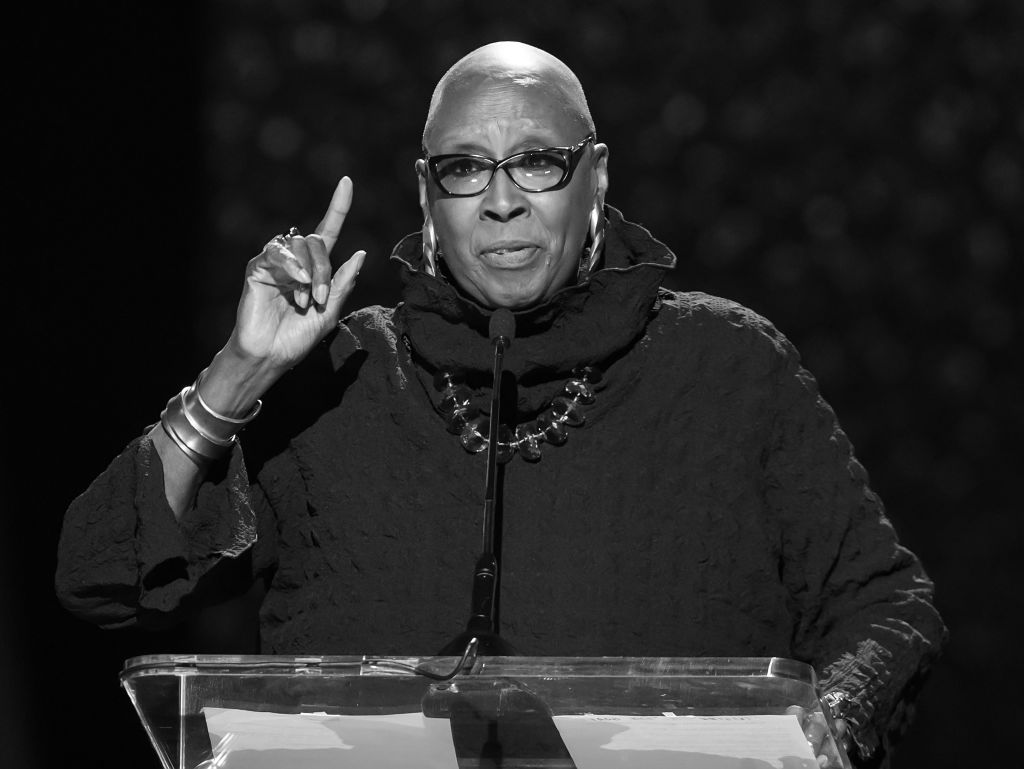Later life is often treated as an epilogue, when it is anything but. The vast majority of us reach the prime of our life in our later years, whether taking to a skill or hobby or finding new raisons d’etre. But, unavoidably, health issues manifest more frequently and in new ways as we age – opening us up all the more to the unfortunate possibility of medical negligence.
Medical Negligence as Phenomenon
Medical negligence is, unfortunately, a phenomenon – and a systemic one, at that. Medical negligence describes the various ways in which healthcare professionals might fail patients under their duty of care, from failures to diagnose the correct illness to failures in inpatient care and beyond.
Medical negligence can naturally lead to significant hardships, including the worsening of illnesses, barriers to recovery and barriers to working or living as normal. One of the key routes to justice for medical negligence through civil court action. Medical negligence claims see practitioners held to account over their failures, and compensation awarded accordingly. This is done via four key components, otherwise known as the “four Ds”: duty, dereliction, direct cause and damages.
Medical Negligence and Older Patients
There are common and even universal ways in which medical negligence can present, but there are also types of medical negligence that are much more likely to impact older people – whether by virtue of the illnesses and conditions you are more likely to contract, or the institutions you are more likely to engage with.
One more common place that negligent care might surface is in nursing homes, where older people no longer able to take care of themselves are at the mercy of the nursing staff and practitioners running their facility. By and large, care homes of this kind are good facilities with high standards of care – but a combination of individual attitudes to care and systemic underfunding in the UK’s healthcare system has increased pressure on staff, and increased incidences of negligence.
This negligence could take the form of rough handling, or failure to take health concerns relating to common injuries like pressure sores easily. It might also relate to slow responses to medical events or emergencies on-site. Meanwhile, in a more general sense, older people are more likely to sustain fractures or joint issues – some of which can greatly worsen if not diagnosed and treated correctly.
Identifying Potential Negligence
Systemic patterns of elder neglect and even active elder abuse can be difficult to stomach, and there have been a number of high-profile stories covering such instances in recent years. But spotting negligent care can be difficult if you are not the one receiving it. As a patient, you might know of negligent care through the worsening of your condition despite treatment. As a friend or relative of an older patient or resident, you might need to take some steps to examining their condition yourself.





















Discussion about this post